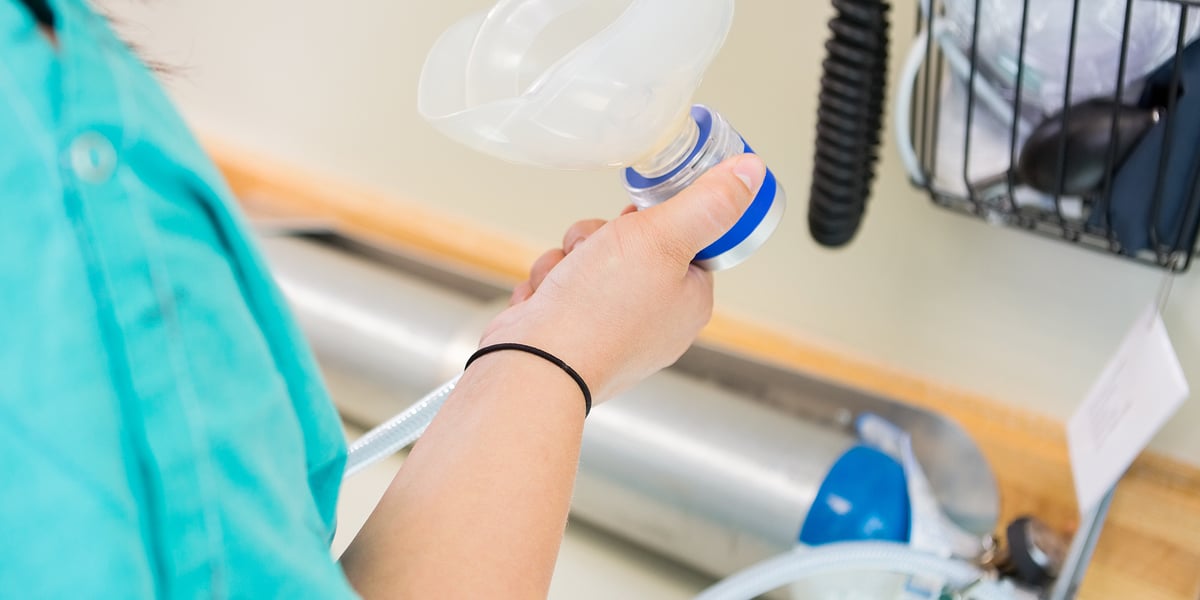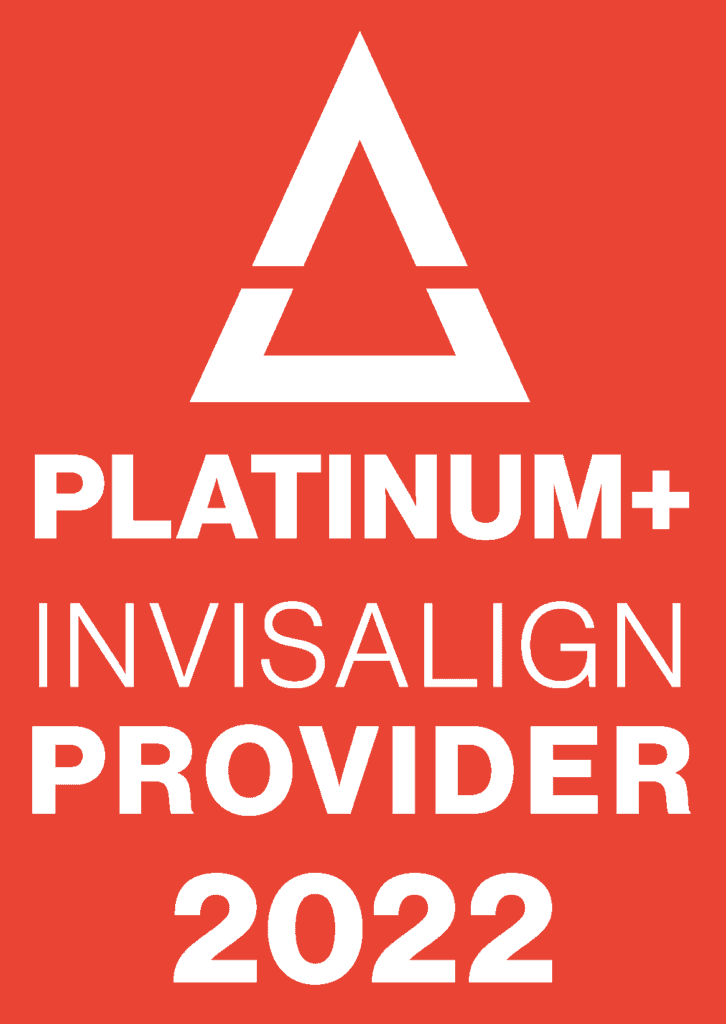
Dentists sedate the patients before any major dental procedure, such as a dental crown or dental implants. It helps to reduce their stress and discomfort; that’s what sedation dentistry is all about. In a nutshell, sedation helps patients to overcome their fear and dental anxiety.
A misconception about this technique is that it puts you to sleep or makes you completely unconscious. Perhaps, it is for this reason that sedation in dentistry is also called “sleep dentistry.” Well, that’s not the case.
Rather, under sedation, your reflexes remain active and you can even respond to physical stimuli. Furthermore, you can follow verbal instructions from your dentist. However, you may feel the sensation that you were asleep during the procedure. Further, your memory of the treatment may be foggy.
Sleep dentistry helps with even the most severe dental phobias; it relaxes the patients before and during dental procedures. It helps to comfort kids with dental anxiety. Dentists use a variety of techniques to sedate the patients, including laughing gas, oral sedation, and dental anesthesia.
Varying degrees of sedation
Depending on your stress or anxiety level and the dental procedure you’re receiving, the dentist decides what level of sedation is suitable. Sometimes, the dentists also consult an anesthesiologist before making a decision.
For routine dental treatments, such as dental cleanings, your dentist may use laughing gas or an oral sedative. On the other hand, for severe dental anxiety, the dentist may administer strong anesthesia before the procedure.
So, after consideration, you may receive any of the following levels of sedation at the dental office.
- Minimal Sedation. The patient receives oral medicine or pills and remains awake during and after the treatment. The body functions normally, and the patient doesn’t need breathing assistance.
- Moderate Sedation. In some cases, the dentist administers sedatives intravenously. However, the patient may take the drug orally. The memory of the procedure may be dim, and the patient may experience slurred speech.
- Deep Sedation. The dentist either gives oral medicine or administers injections to sedate the patient. While the patient is on the edge of consciousness, he/she can still respond to physical stimuli. The patient may require breathing assistance.
- General Anesthesia. Local anesthesia is either injected into the tissue or applied topically on the area under treatment.
Different types of sedation dentistry
It’s important to know that not all sedatives have the same effect on patients. However, all types of anesthesia have one thing in common. They don’t put you into a deep sleep or render you unconscious.
- Laughing Gas. It is one of the most common sedatives used to calm the patients, particularly children with dental anxiety. The dentist administers laughing gas by placing a small mask over the patient’s nose. Not to mention, laughing gas is inhalation analgesia that takes effect immediately. As the patient breathes the gas, he/she sails through the procedure without discomfort or anxiety. The patient may feel dizzy or experience mild headaches, but symptoms last for a few minutes only.
- Conscious Sedation. In this type of sedation, the patient receives oral sedative medication, at a specified hour before the dental appointment. Conscious sedation works well with people who have severe dental phobia. The sedatives suppress your central nervous system (CNS). So, dentists recommend having someone drive you at the dental office and drop you home post-treatment.
- IV Sedation. Besides oral sedation, your dentist may choose to inject a fast-acting sedative into your vein. Intravenous sedation (IV) helps to manage pain and dental anxiety more quickly.
Who can receive dental sedation?
Many children suffer from early childhood caries or ECC. The cavities in the baby-teeth require surgical intervention.

Sedative techniques help both adults and children struggling with dental anxiety. Dentists often use sedatives, such as laughing gas, to calm the children during the procedure.
Most of the dentists in a certified dental office administer mild sedatives to help people with dental fear. However, for IV sedation and deep anesthesia, a dentist must have certification. Some pediatric dentists have special training in giving oral sedation to children. So, if your kid has dental anxiety, make sure to visit the best pediatric dentist near you.
People who have dentin hypersensitivity, a bad gag reflex, or a low pain threshold can receive dental sedation. While sleep dentistry helps with routine dental works, it particularly works well for major dental procedures, such as a dental crown, tooth bridge, and smile makeover.
Finding the right sedation dentist
Frightening dental experiences can haunt a patient for years. It’s important to find the best professional for sedation dentistry if you want a smooth dental experience. But, choosing the right dentist for you can be tricky, and you can’t do much once you’re in the dentist’s chair.
First, make sure to inquire about your dentist’s qualifications. Ask your Toronto dentist about sleep dentistry. Overcome your dental anxiety and experience a relaxed dental procedure.
DENTAL SERVICES TAILORED FOR THE BUSY PROFESSIONAL. BOOK NOW!
CALL (416) 977-8877
Book an appointment now or fill out form below







